Permeable Pavement
Purpose/Function:
The system chosen can be designed to capture nitrogen or phosphorous, and it is important to note that nitrogen and phosphorus each require specific designs to facilitate their removal from stormwater.
Initiation protocol:
A significant advantage of permeable pavement is its ability to combine detention/ infiltration and pavement, thereby reducing or eliminating land required for detention facilities. This is especially important in urban areas with high land prices and highly developed sites with little or no space for stormwater detention.
Public acceptance:
Growing in popularity, these practices are becoming more widely accepted in many application opportunities.
Implementation Factors (level of difficulty):
Difficult.
Funding Sources / Options:
Chesapeake Bay Trust Restoration Grant program, and Chesapeake and Atlantic Coastal Bays Trust Fund, and Maryland Department of the Environment/U.S. Environmental Protection Agency 319 Grant.
Costs:
Costs estimated as $ per acre of impervious surface treated.
| Cost Estimates | EPA | King & Hagan | Average |
| Initial | $- | $83,853 | $83,853 |
| Annual | $- | $765 | $765 |
| Lifespan (yrs) | 20 | 20 | |
| Annualized | $- | $4,957.65 | $4,957.65 |
Notes: King & Hagan figures are expressed in units of “impervious acres treated.” To convert to urban acres treated, this analysis uses a factor of 0.25, based on two assumptions: (1) there are three acres of pervious land for every acre of impervious and (2) the additional volume required for pervious treatment is minimal.
Load Reduction Efficiency:
Total Nitrogen removed per acre treated per year
|
Low 4.38 lbs. |
Medium 4.56 lbs. |
High 4.61 lbs. |
Cost per pound removed = between $1,075 and $1,133
Total Phosphorous removed per acre treated per year
|
Low 0.32 lbs. |
Medium 0.34 lbs. |
High 0.35 lbs. |
Cost per pound removed = between $14,185 and $15,675
Total Suspended Solids removed per acre treated per year
|
Low 95 lbs. |
Medium 121 lbs. |
High 208 lbs. |
Cost per pound removed = between $23.79 and $52.41
Operation & Maintenance:
Proper maintenance of permeable pavement is crucial for ensuring its longevity and functionality. Some portions of the maintenance plan require planning during the design stages. Prior to construction, managers should commit to a vacuuming plan that includes vacuuming frequency and equipment needs.
Climate Change Considerations:
N/A
Planning Questions to Consider:
Some communities require a certain percentage of parking lots to be landscaped. Large-scale permeable pavement should be carefully planned to integrate landscaping in a manner that maximizes runoff treatment and minimizes risk of sediment, mulch, grass clippings, crushed leaves, nuts and fruits inadvertently clogging the surface. Permeable pavements sometimes capture runoff from adjacent areas, pavements and roofs. Runoff from permeable areas is not recommended due to potential clogging of the permeable pavement.
Technical Notes:
An observation well should be installed to enable visual monitoring of drawdown within the reservoir layer after a storm.
Helpful Links:
Local Project Examples:
Description: This project was the first porous asphalt project in county and served as an educational opportunity for local contractors. The county partnered with the local tech achool on interpretive exhibit signage to act as an educational/demonstration project for visitors.
Funding Source: MDE/EPA 319 grants
Estimated Load Reductions:
Nitrogen — 2.37 lbs/yr
Phosphorous — 0.17 lbs/yr
Cost: $138,000
Description: Installation of permeable pavers on 0.80 acre for parking to treat approximately 1 acre of contributing drainage.
Funding Source: MDE/American Recovery and Restoration Act.
Cost: $200,000
Description: Installed 864 square foot of practice in parking lot to treat 23,957 square feet of impervious area. A lack of adequate drainage allowed standing water to persist, causing distressed paving and sediment deposits. Stone sub-base, pervious pavers and overflow inlet provide adequate means for drainage and infiltration of surface runoff which improve drainage, eliminate moisture issues in the school library, and reduce pavement damage.
Cost: Total = $71,500.00 ($53,000 grant and $18,500 county match)
Funding Source: Chesapeake and Atlantic Coastal Bays Trust Fund (Maryland Department of Natural Resources)
Annual Load Reductions:
Total Nitrogen removed — 9.16 lbs.
Total Phosphorous removed — 1.07 lbs.
Total Suspended Sediments removed — 617 lbs.
Related Best Management Practices
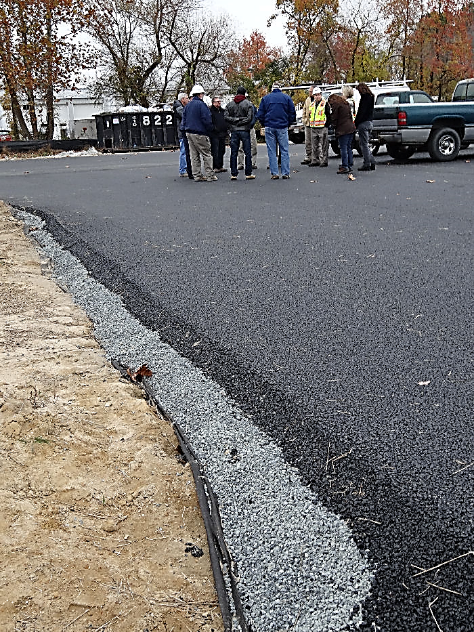

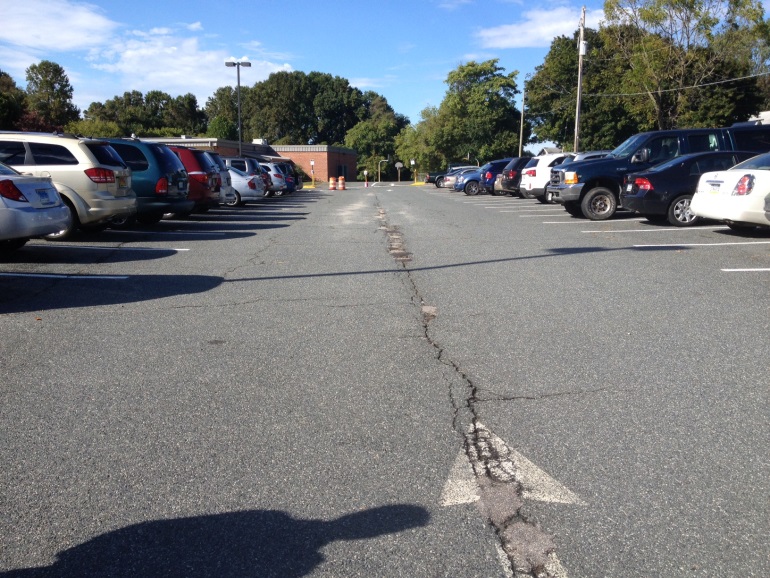
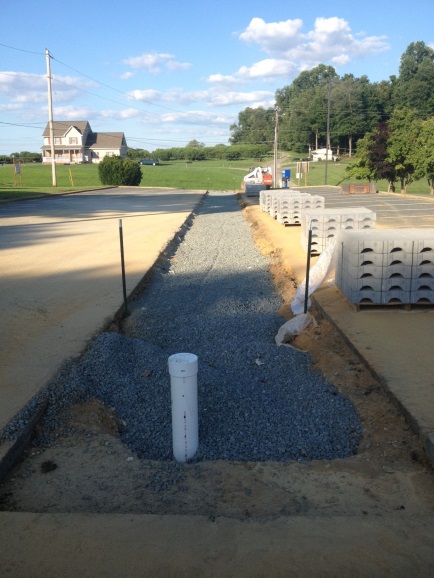
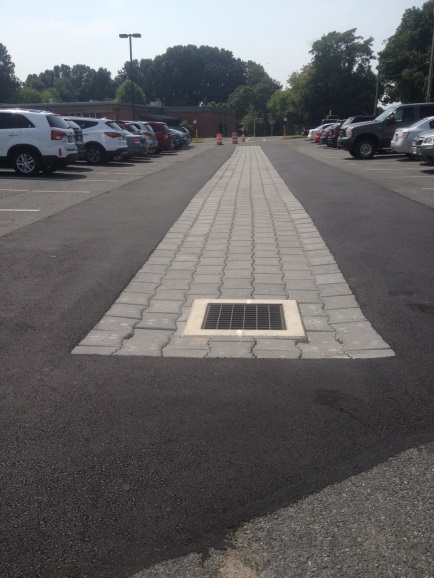
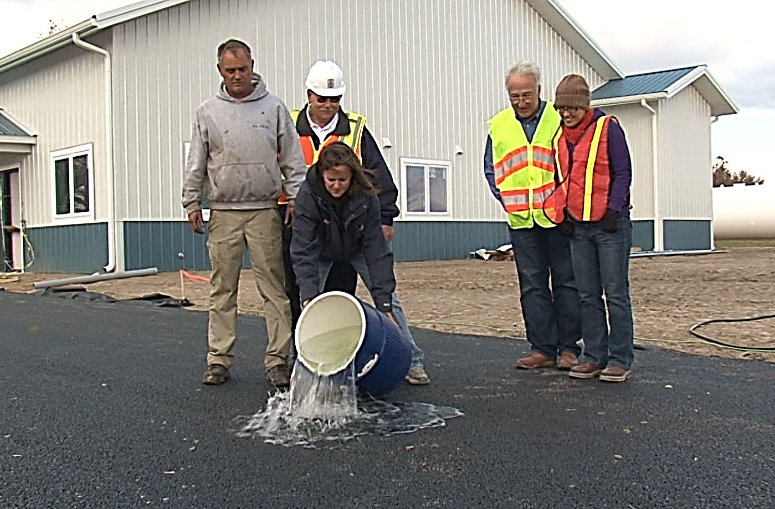
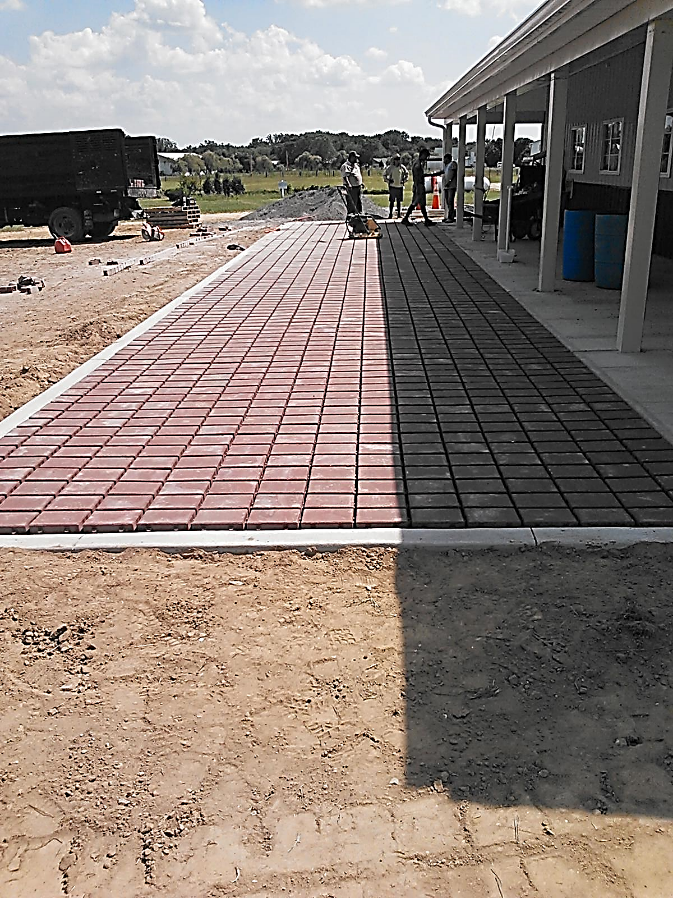
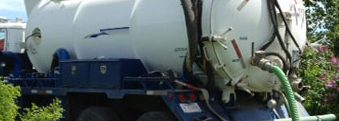


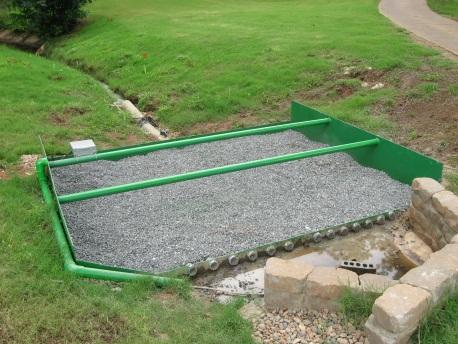
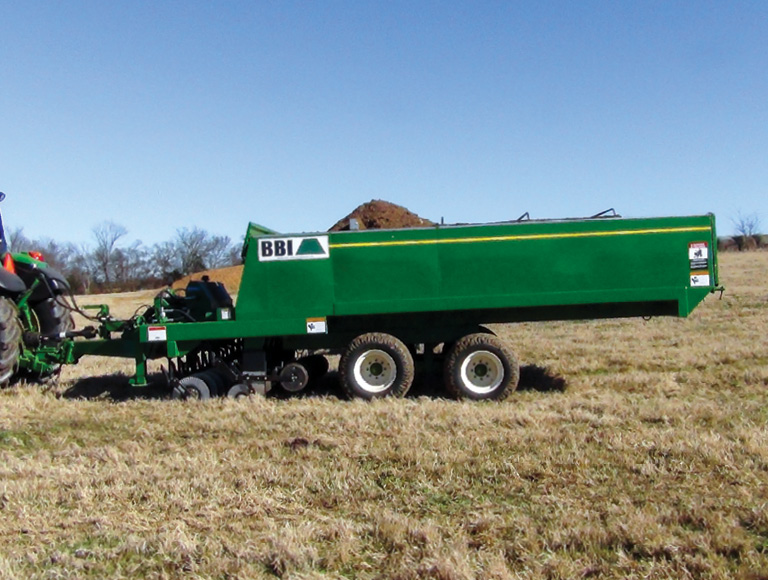
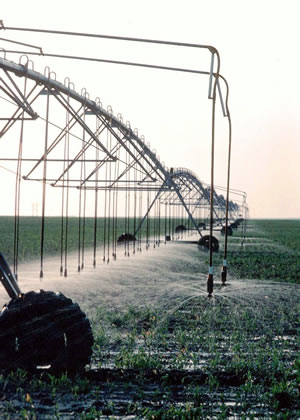
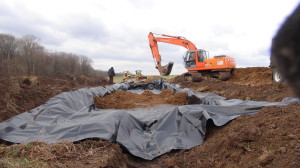
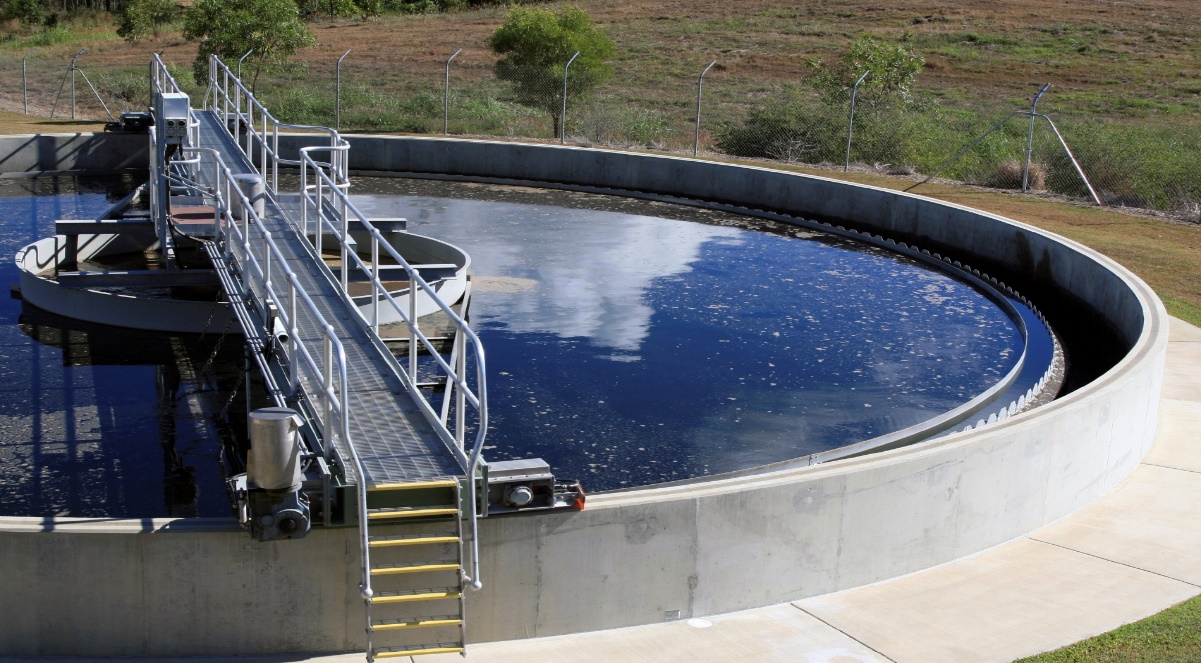


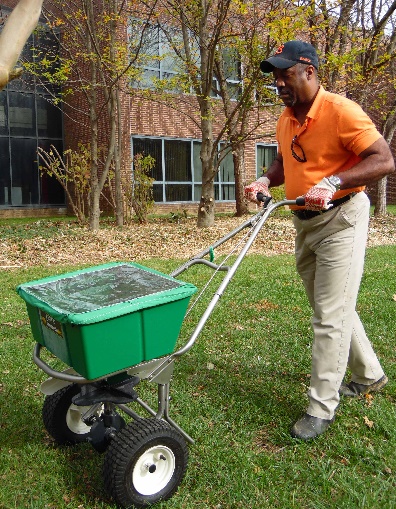

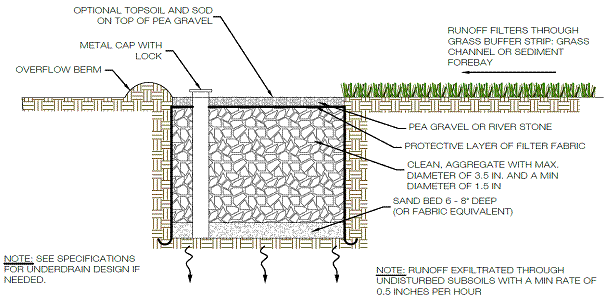
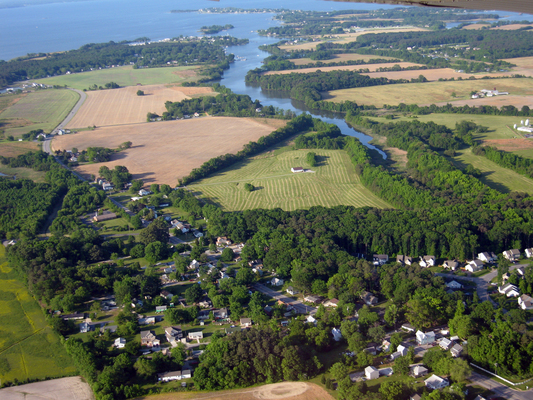
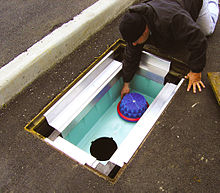
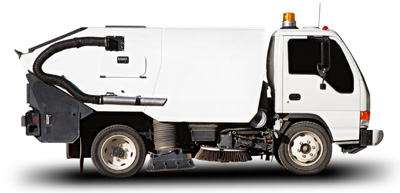
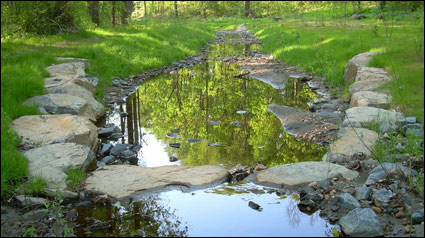
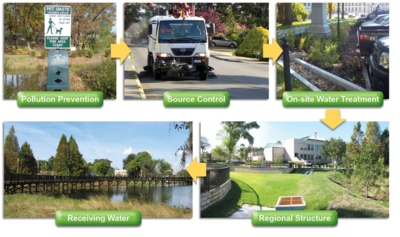
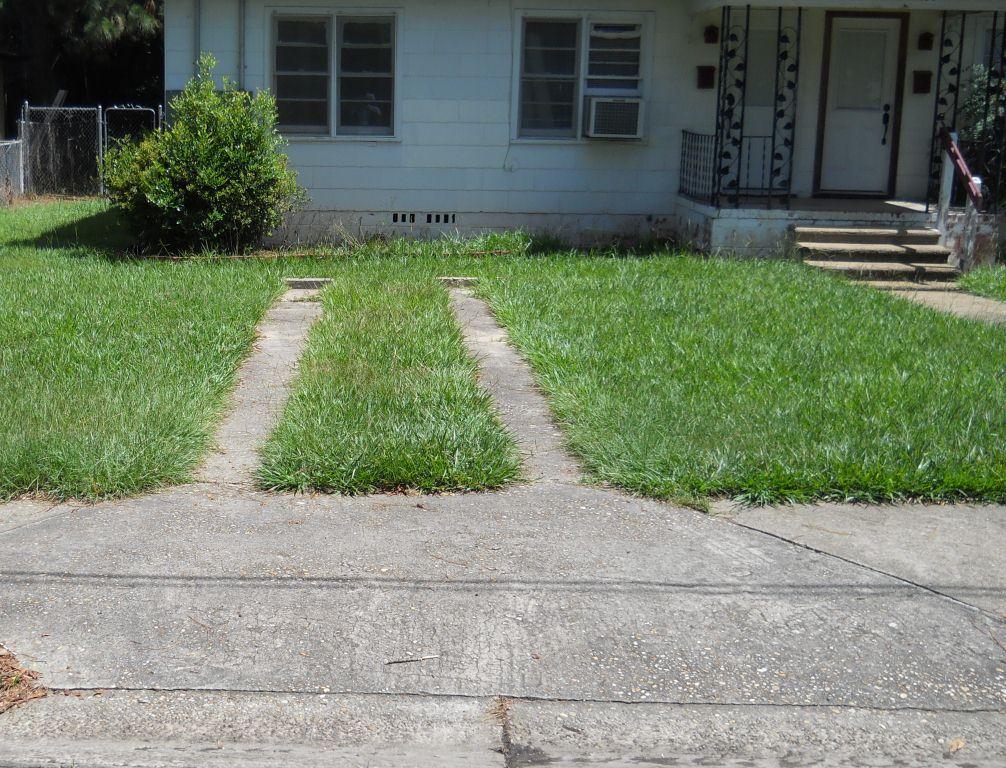

Feedback on This Best Practice